
Mallorca, or Majorca, is the largest island in the Balearic Islands, which are part of Spain and located in the Mediterranean.
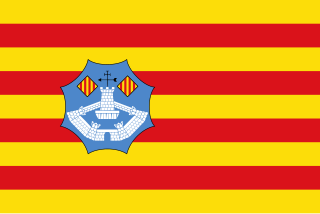
Menorca or Minorca is one of the Balearic Islands located in the Mediterranean Sea belonging to Spain. Its name derives from its size, contrasting it with nearby Mallorca. Its capital is Mahón, situated on the island's eastern end, although Menorca is not a province and forms a political union with the other islands in the archipelago. Ciutadella and Mahon are the main ports and largest towns. The port of Mahon is the second biggest natural port in the world.

Lasius is a genus of formicine ants. The type species for this genus is the black garden ant, Lasius niger. Other major members, which live in drier heathland, are the cornfield ant, L. neoniger, and L. alienus. Other species include the temporary social parasites of the L. mixtus group and the hyper-social parasite Lasius fuliginosus. Lasius flavus is also a commonly seen species, building grassy hillocks in undisturbed pasture. In the Alps, these mounds - always aligned east to catch the first rays of the rising sun - have been traditionally used by goatherds as natural compasses. Species in the subgenus Acanthomyops, in particular L. interjectus and L. claviger, are commonly known as citronella ants due to their citronella-like smell.
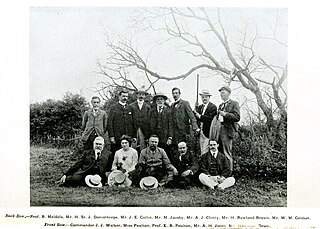
Horace St. John Kelly Donisthorpe was an eccentric British myrmecologist and coleopterist, memorable in part for his enthusiastic championing of the renaming of the genus Lasius after him as Donisthorpea, and for his many claims of discovering new species of beetles and ants.

Myotragus, also known as the Balearic Islands cave goat, is an extinct genus of goat-antelope in the tribe Caprini which lived on the Balearic Islands of Mallorca and Menorca in the western Mediterranean until its extinction around 4,500 years ago. The fossil record of Myotragus on the Balearic Islands extends over 5 million years back to the early Pliocene on Mallorca, where it presumably arrived after the major sea level drop during the Messinian Salinity Crisis. Myotragus is represented by a sequence of six sequential chronospecies representing a gradual change in morphology. The youngest and best known species, M. balearicus, is noted for a number of unusual morphological adaptions, including forward facing eyes suggestive of binocular vision, and a reptilian-like physiology. Early genetic research suggested that it was closely related to sheep of the genus Ovis, however more recent research has indicated that its closest living relative is the takin. M.balearicus became extinct when humans arrived in the Balearic Islands during the 3rd millennium BC.

Hispania Balearica was a Roman province encompassing the Balearic Islands off the east coast of modern Spain. Formerly a part of Hispania Tarraconensis, Balearica gained its autonomy due to its geographic separation and economic independence from the mainland. The province included three major islands: Balearis Major (Majorca), Balearis Minor (Minorca), and Ebusus (Ibiza), and the small island of Colubraria or Ophiusa (Formentera). The islands were grouped as the Gymnesiae—Majorca and Minorca, and the Pityusae—Ibiza and Formentera.
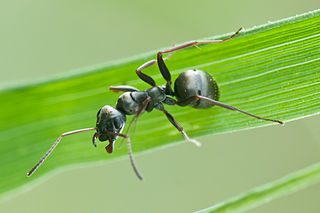
Formica fusca is a black-colored ant commonly found throughout Europe as well as parts of Southern Asia and Africa. It has the common names silky ant or dusky ant. The range within the palaearctic region extends from Portugal in the west to Japan in the east and from Italy in the south to Fennoscandia in the north. Populations from North America have been split off as a separate species, Formica subaenescens. F. fusca nests are usually found in rotten tree stumps or under stones in clearcut areas and along woodland borders and hedgerows.
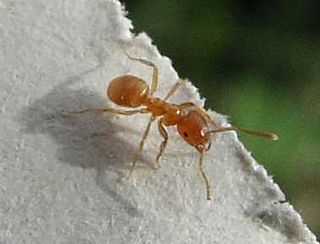
The yellow meadow ant, also known as the yellow hill ant, is a species of ant occurring in Europe, Asia, and North Africa. Populations in North America are now considered a different, related species, Lasius brevicornis.

The Majorcan midwife toad is a frog in the family Alytidae. It is endemic to the Balearic Island of Majorca in the Mediterranean Sea. An example of Lazarus taxon, the species was first described from fossil remains in 1977, but living animals were discovered in 1979.

Lilford's wall lizard is a species of lizard in the family Lacertidae. The species is endemic to the Balearic Islands, Spain.
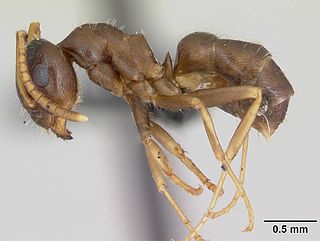
Lasius neglectus is a polygynous, sometimes invasive, ant of the genus Lasius. The ant was identified in 1990 after establishing a colony in Budapest, Hungary. Superficially, they are similar in appearance to the common black garden ant, Lasius niger, but have significantly different behavioural patterns, particularly in the social structure within colonies.

Lasius umbratus, colloquially known as the yellow shadow ant and yellow lawn ant, is a palearctic species of parasitic ant distributed across Eurasia and the Maghreb region of Africa. It was once thought that this species occurred in North America as well, but comparative genomic studies indicate the Afro-Eurasian and American populations are discrete and not closely related enough to represent a single species. The North American populations are now treated as a different species, Lasius aphidicola.

The Balearic Islands are an archipelago in the Balearic Sea, near the eastern coast of the Iberian Peninsula. The archipelago is an autonomous community and a province of Spain; its capital is Palma. The 2007 Statute of Autonomy designates the Balearic Islands as one of the nationalities of Spain. The official languages of the Balearic Islands are Catalan and Spanish.

Lasius alienus, or cornfield ant, is a species of ant in the subfamily Formicinae. Workers have a length of about 2–4 mm, Queens are larger (7–9 mm).

Cytinus hypocistis is an ant-pollinated species of parasitic plant in the family Cytinaceae having four subspecies. It is found primarily in locations that surround the Mediterranean Sea, and is the type for the genus Cytinus. The binomial has been conserved.

Més per Menorca is a Menorcan political party. It was a coalition formed by the Socialist Party of Menorca, Republican Left, The Greens of Menorca, Equo, local parties and independents around the island until 2017. MpM was created in July 2014. Until May 2017 it had been linked to the similarly-named alliance in Majorca.
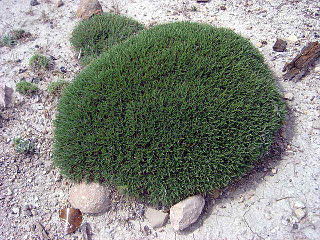
Astragalus balearicus, commonly known as the Balearic milkvetch or gatovell, is a small legume of the genus Astragalus that is found on the Balearic Islands off the coast of Spain.

Lasius grandis is a species of ant from the genus Lasius. The species was originally described by Forel in 1909. It occurs in the Mediterranean region of Europe and North Africa, more precisely in the Portuguese and Spanish mainland, in Andorra, the Azores, the Balearic Islands and Canary Islands.

















